1. Faded or Peeling Fence Paint
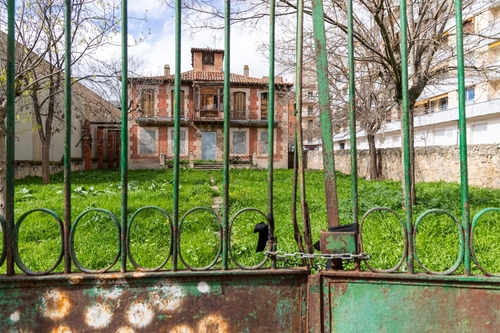
A fence is one of the first things people notice from the street, and peeling paint or faded wood instantly looks run-down. Sun exposure, moisture, and fluctuating temperatures wear down finishes faster than many homeowners expect. When paint starts flaking, it not only looks bad but also exposes wood to rot and warping. Repainting or staining every few years can prevent that tired, neglected look.
Even vinyl fences can fade over time or develop mildew if they’re not cleaned occasionally. A quick pressure wash or a coat of fresh paint can make a huge difference in how cared-for a property seems. Since the fence frames your yard, keeping it neat visually anchors the rest of the landscaping. It’s a small project with a big visual payoff.
2. Overgrown Grass and Weeds
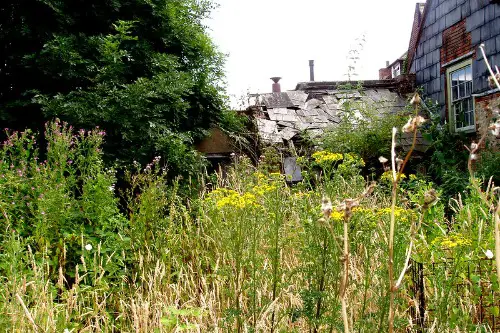
Tall, patchy grass and stubborn weeds can make even a beautiful home look forgotten. When lawns go too long without mowing, they quickly signal that maintenance has fallen off the radar. Weeds growing along walkways or creeping through cracks in the driveway only amplify the unkempt look. Regular trimming and edging can completely change a yard’s first impression.
A well-tended lawn doesn’t just look good—it also helps prevent pests like ticks and mosquitoes from taking over. Grass that’s left too long traps moisture, encouraging insects and even mold. Keeping it mowed to the right height also protects the root system and improves color. It’s one of those small things that make a big difference in curb appeal.
3. Broken or Rusty Outdoor Furniture

Rusty metal chairs or cracked plastic tables give a yard a sense of abandonment. Outdoor furniture weathers quickly if it’s not protected from rain and sun, especially cheaper materials. Flaking paint, torn cushions, or mildew stains make it look like no one spends time there. Replacing or refurbishing those pieces can bring life back to the space.
Even a quick scrub and a coat of rust-resistant paint can rescue older furniture. Covers or storage during off-seasons also help extend their lifespan. Coordinating colors or adding cushions can make it feel intentional rather than forgotten. It’s a simple way to suggest the yard is loved and used.
4. Clutter and Old Equipment

Scattered tools, broken pots, or an unused grill can quickly make a backyard feel messy. When old items pile up, they send a signal that maintenance isn’t a priority. Clutter distracts from the home’s natural beauty and can even become a safety hazard. Keeping only what’s functional and neatly stored makes a huge visual difference.
Organizing sheds and using storage bins can keep items out of sight and protected from the elements. A clean space also feels larger and more welcoming. Regularly decluttering helps prevent things from becoming permanent fixtures of the yard. The fewer distractions there are, the more the landscaping can shine.
5. Dead or Dying Plants
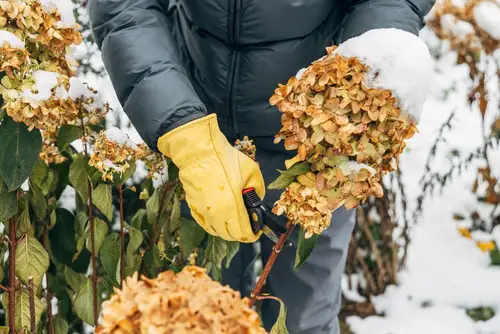
Brown leaves, brittle stems, and wilted flowers make it clear that the yard hasn’t been cared for. Dead plants stand out even more against green surroundings, giving the whole space a tired, neglected feel. They can also spread disease or attract pests that harm other healthy plants. Removing them promptly shows that someone’s paying attention.
Replacing dead plants with low-maintenance options keeps the yard vibrant year-round. Hardy perennials or native species often require less upkeep and are more resistant to local weather. Watering consistently and trimming back dead growth keeps everything looking fresh. Even a few thriving plants can make a backyard look intentional and well-kept.
6. Stained or Cracked Concrete
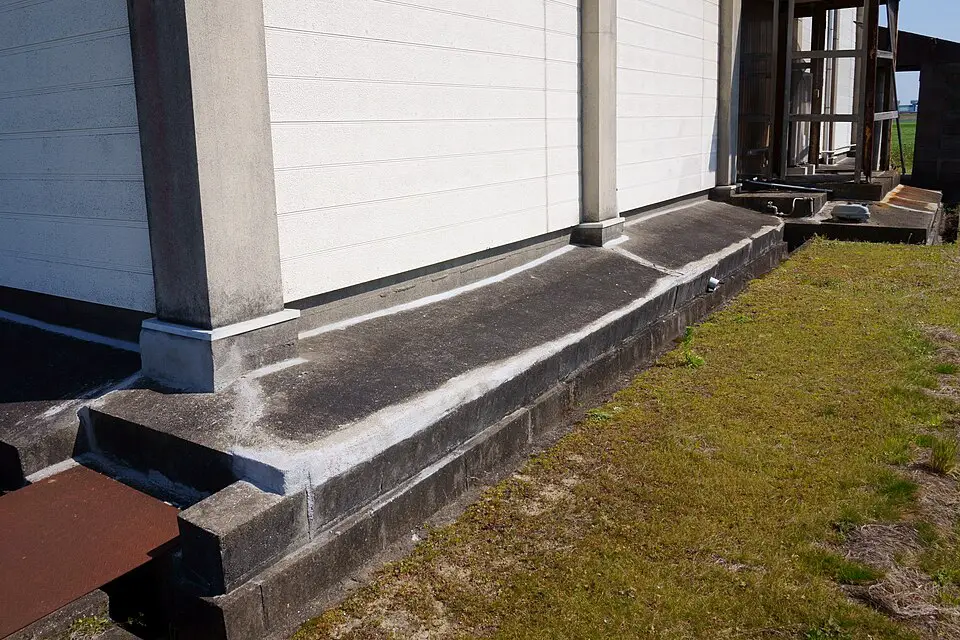
Driveways, patios, and walkways take a beating from the weather and constant use. Over time, cracks, oil stains, and mildew can make them appear aged and dirty. These blemishes don’t just hurt appearance—they can also lead to bigger structural problems if ignored. Cleaning and sealing concrete can dramatically improve curb appeal.
Pressure washing is one of the easiest fixes for stained concrete. Filling cracks early prevents water from seeping in and worsening the damage. A clean patio or walkway immediately signals care and upkeep. It’s one of those details that people notice even if they don’t realize why.
7. Sagging or Torn Patio Umbrellas
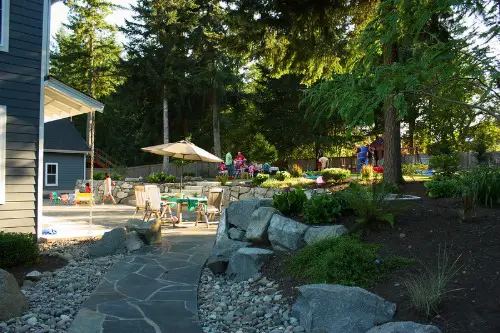
A lopsided umbrella or one with faded, torn fabric instantly makes an outdoor area look forgotten. UV rays and rain are harsh on fabrics, and most patio umbrellas start to deteriorate after a few seasons. A drooping canopy suggests the space isn’t used or maintained often. Replacing or repairing it can instantly refresh the entire area.
Even simple maintenance like tightening bolts or cleaning mildew can extend its life. Bright, clean fabric draws the eye and makes the space feel active and inviting. Choosing neutral tones can also prevent visible fading over time. It’s a small investment that has a surprisingly large visual impact.
8. Piled-Up Leaves and Debris
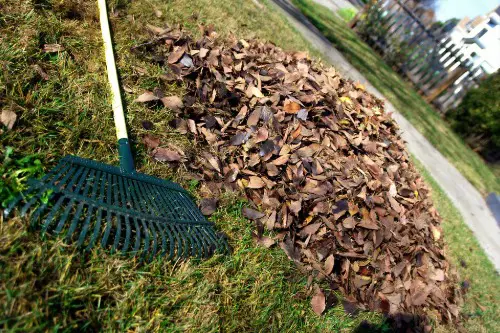
When leaves and sticks accumulate, they signal neglect—even if the rest of the yard is in decent shape. Debris buildup blocks sunlight and air circulation, harming the grass underneath. It also attracts insects and rodents looking for shelter. A regular cleanup schedule keeps the yard healthier and more attractive.
Raking or using a blower just once a week can prevent piles from forming. Composting leaves instead of bagging them can also benefit your garden. Clean, open spaces feel more intentional and inviting. The effort pays off every time someone drives by.
9. Dirty or Broken Lighting Fixtures
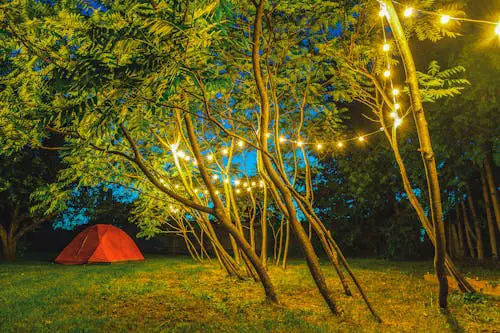
Outdoor lights are meant to highlight your home’s best features—but if they’re dirty, dim, or broken, they do the opposite. Clouded covers or cobwebbed fixtures make a space look ignored. When lights flicker or stop working, it adds to the sense of disrepair. Cleaning and replacing bulbs can make the entire property feel more welcoming.
Solar lights are popular but often get overlooked when their batteries die or panels get dusty. Regularly checking them keeps the glow even and consistent. Upgrading to energy-efficient LEDs can also modernize the look. Bright, functional lighting sends the message that the home is cared for and safe.
10. Patchy or Muddy Lawns
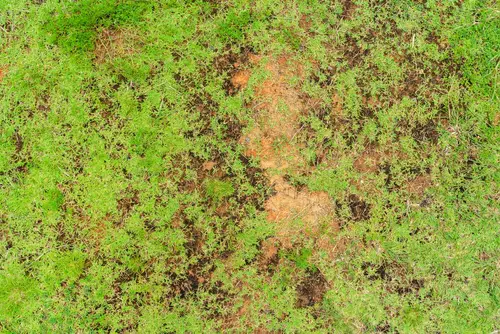
Uneven grass coverage or muddy spots after rain can make the whole yard look poorly maintained. These issues often come from compacted soil, drainage problems, or inconsistent watering. Bare patches not only look bad but also make it easier for weeds to take over. Fixing them improves both appearance and lawn health.
Aerating and reseeding problem areas can help restore even growth. Adding topsoil and improving drainage where water pools prevents recurring mud spots. Consistent mowing and fertilizing round out the care routine. The result is a lawn that looks lush instead of neglected.
11. Leaning or Broken Garden Structures
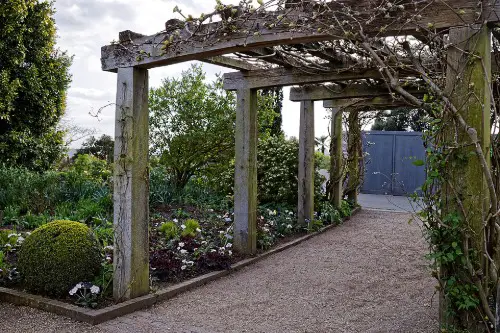
A crooked trellis or sagging pergola gives off instant “no one’s fixing this” energy. Wood rot, rust, and wind damage can cause these structures to warp or lean over time. When they’re left that way, they quickly make the yard appear abandoned. Repairing or replacing damaged parts can restore a sense of order.
Stabilizing with fresh hardware or applying weatherproof sealant can prevent future damage. Painting or staining also keeps them looking polished longer. These structures should frame the garden, not distract from it. Keeping them upright and clean shows pride in the property.
12. Overflowing Gutters or Downspouts
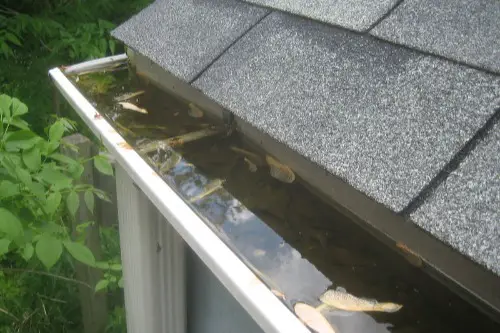
Though they’re easy to overlook, gutters are visible from many angles, especially in the backyard. When they’re packed with leaves or overflowing during rain, it immediately looks like maintenance has been ignored. Clogged gutters can also lead to foundation problems or water stains on siding. Regular cleaning prevents both eyesores and costly repairs.
Installing gutter guards or extensions can reduce how often they need attention. Checking them seasonally—especially after heavy storms—keeps everything flowing properly. Clean gutters frame the roofline neatly and protect the home’s structure. It’s one of those behind-the-scenes details that always shows up in the overall impression.
13. Neglected Garden Beds
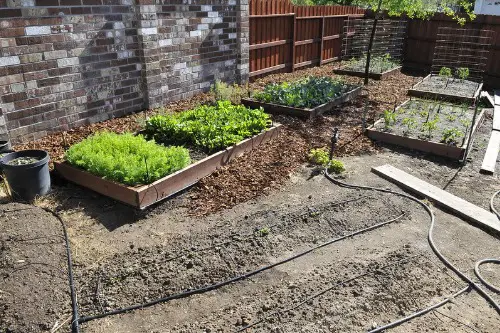
Garden beds filled with weeds, faded mulch, or scattered debris can make even a well-kept home seem neglected. Over time, mulch fades to gray and breaks down, losing its tidy appearance. Weeds growing through it send a message that the yard hasn’t been tended to in a while. Refreshing the mulch and pulling weeds instantly revives the space.
Fresh mulch adds contrast and helps retain soil moisture, keeping plants healthier. Defining the edges of beds with stone or metal borders adds polish and structure. Seasonal color through flowers or greenery makes it look cared for year-round. A crisp garden bed finish is one of the simplest ways to boost curb appeal.
This post 13 Backyard Features That Make a Home Look Neglected from the Street was first published on Greenhouse Black.
